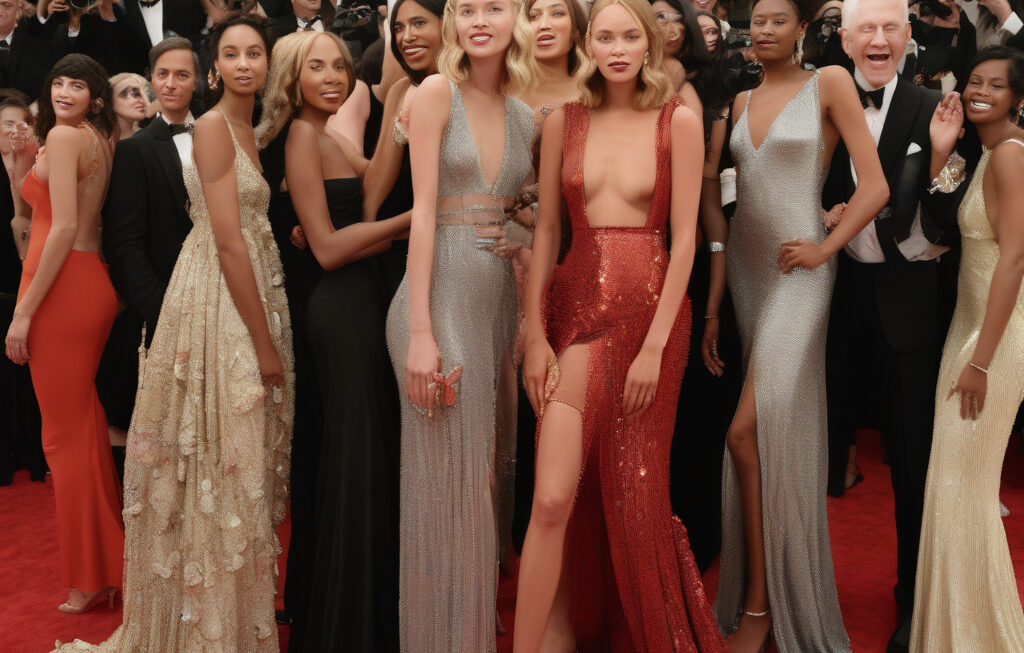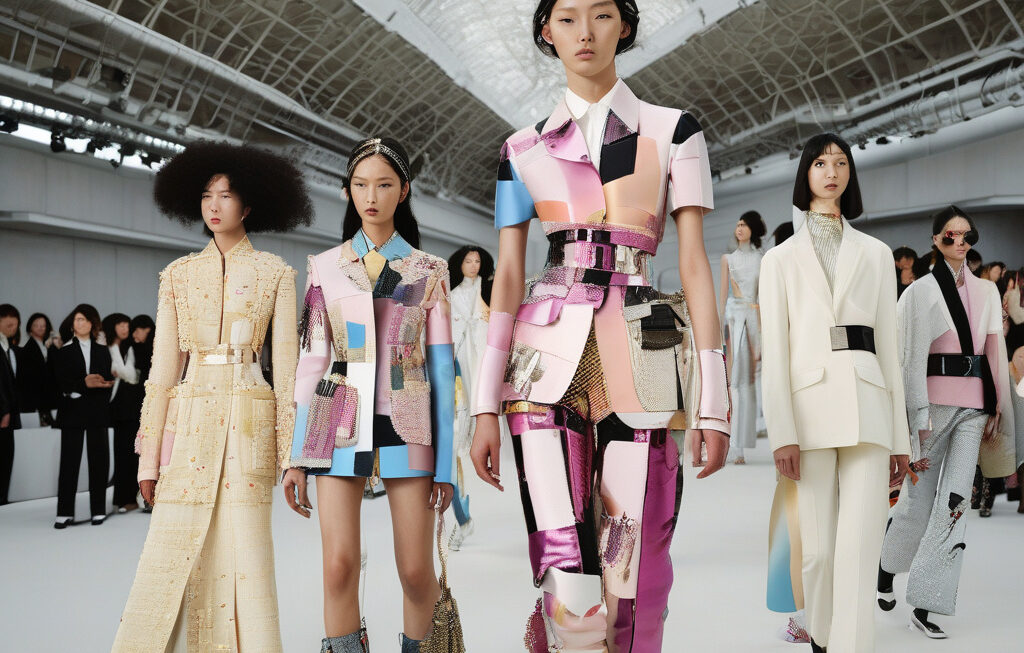Worldview: Ukraine’s Adaptive Fashion for the War Wounded
In a world where the fashion industry often focuses on glamour and trends, Ukraine’s adaptive fashion for the war wounded is a poignant reminder of the power of clothing to heal and empower. As Ukraine continues to navigate the effects of ongoing conflict, innovative approaches to fashion have emerged, catering to those who have been injured in the line of duty. This unique blend of functionality and style not only addresses the physical needs of the war wounded but also serves as a symbol of resilience and hope in the face of adversity.
While major fashion events like India’s Bharat Tex trade show, Budapest Central European Fashion Week, and Net-a-Porter’s China exit dominate headlines, it is crucial to shine a spotlight on the lesser-known yet impactful initiatives taking place in regions like Ukraine. The adaptive fashion movement in Ukraine is a testament to the country’s ability to harness creativity and entrepreneurship to address pressing social issues.
One such example is the work of designer Anna Karenina, who founded a clothing line specifically tailored to individuals with physical disabilities. By incorporating features such as magnetic closures, adjustable hems, and soft fabrics, Karenina’s designs prioritize both comfort and style. This attention to detail not only makes dressing easier for the war wounded but also allows them to express their personal sense of fashion.
Moreover, Ukraine’s adaptive fashion industry has paved the way for inclusive runway shows and campaigns that celebrate diversity and redefine beauty standards. Models with disabilities are now gracing the catwalks, challenging traditional notions of perfection and inspiring others to embrace their uniqueness. These efforts towards inclusivity not only benefit the war wounded but also contribute to a more equitable and compassionate society at large.
Beyond the runway, Ukraine’s adaptive fashion movement has also fostered collaborations with technology companies to develop cutting-edge solutions. 3D printing, for instance, has been utilized to create custom prosthetics and orthopedic devices that seamlessly blend with clothing, enhancing both functionality and aesthetics. Such partnerships highlight the potential for fashion to intersect with other industries in pursuit of innovation and social impact.
As the global fashion landscape continues to evolve with events like the Bharat Tex trade show and Budapest Central European Fashion Week shaping industry trends, it is essential to recognize and support initiatives that prioritize inclusivity and accessibility. Ukraine’s adaptive fashion for the war wounded serves as a powerful example of fashion’s ability to transcend aesthetics and address real-world challenges with creativity and compassion.
In conclusion, Ukraine’s adaptive fashion movement stands as a testament to the transformative power of clothing in healing both the body and the spirit. By combining functionality with style, embracing diversity on the runway, and leveraging technology for social good, Ukraine has set a compelling example for the global fashion industry to follow. As we celebrate innovation and creativity in fashion, let us also champion initiatives that make a meaningful difference in the lives of those who need it most.
Ukraine, Adaptive Fashion, War Wounded, Fashion Industry, Inclusivity











